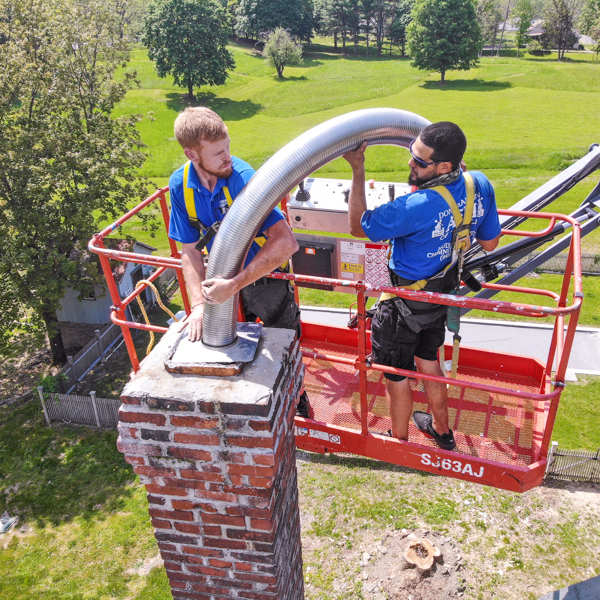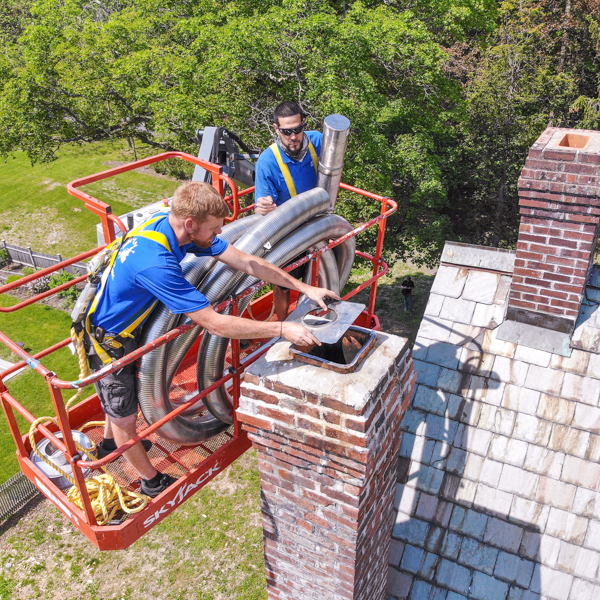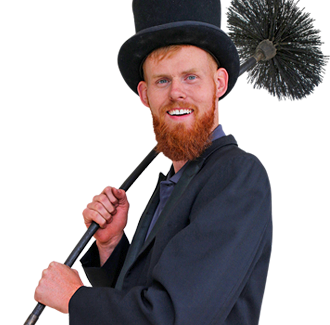Can I Use My Chimney Without A Liner?

When it comes to your chimney, matters of safety are the highest priority. Perhaps you had an inspection and were informed you do not have a chimney liner or maybe you recently purchased a home with a chimney but no liner and are wondering “how important is a chimney liner, anyway?” We’ll discuss the importance of chimney liners below.
What happens to a chimney without a liner?
As you are probably aware, many older homes have chimneys that were constructed without chimney flue liners or if they did, they were usually liners made from clay tiles. Time has proven these clay liners to be less efficient as they often crack and break. The intense heat of the fire can cause cracking and damage to the chimney over time, not to mention the toxic gases that can find their way through cracks in the chimney and end up in the home. Soot and Creosote form in the chimney as a byproduct of the wood that is burned, making chimney fires likely, as this material is highly flammable.
Benefits of a liner
A flue liner protects the components of your chimney from heat, creosote build-up, and condensation. The protection offered extends the life of your chimney since the amount of heat and corrosive gases that it is exposed to are reduced. It is also far easier to clean a metal liner than it is to clean and maintain the masonry work inside of a chimney.

Types of liners
- Clay Tile Liners – These are the most common type of liner that builders used in the past to protect the chimney from heat damage however these liners have been found to not work well with gas or oil. When burned, gas and oil produce vapors that end up damaging the clay tiles and sending the fumes back into the home, which is a serious health risk.
- Metal chimney liners – are typically made of stainless steel. They do not crack and resist the heat damage, that can be found in clay and concrete chimney liners. With proper maintenance, these liners can last up to 15 years or more.
- Cast in place liners – are made of a material similar to concrete that can be cast inside of the chimney to fill in any cracks. The chimney liner’s ability to absorb higher temperatures allows soot and creosote to be burned more efficiently and keeps those substances from clogging the inside of your chimney. Cast-in-place liners can last as long as 50 years. Many modern building/fire codes have changed and now require that chimneys include a chimney liner. So, the short answer to the question “Is it safe to use your chimney without a liner?” is no. If you want to operate your chimney safely then a flue liner is a must. Having a liner will extend the life of your chimney, help you avoid chimney fires, and make cleaning and maintenance more efficient. Please call Hudson Valley Chimney at 845-471-1071 for any questions and maintenance needs or visit us online.








